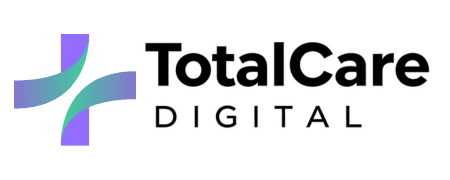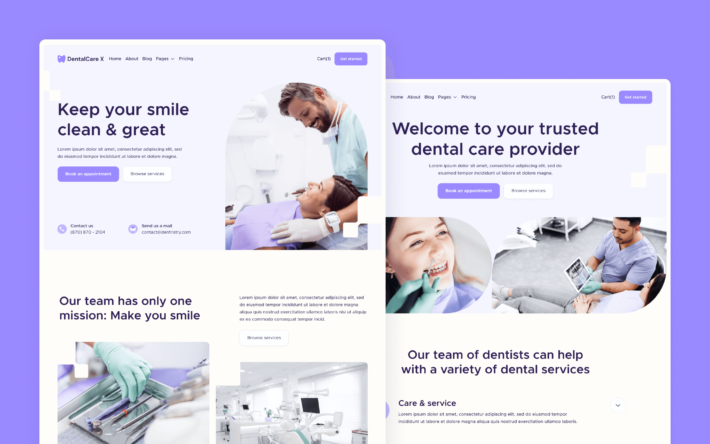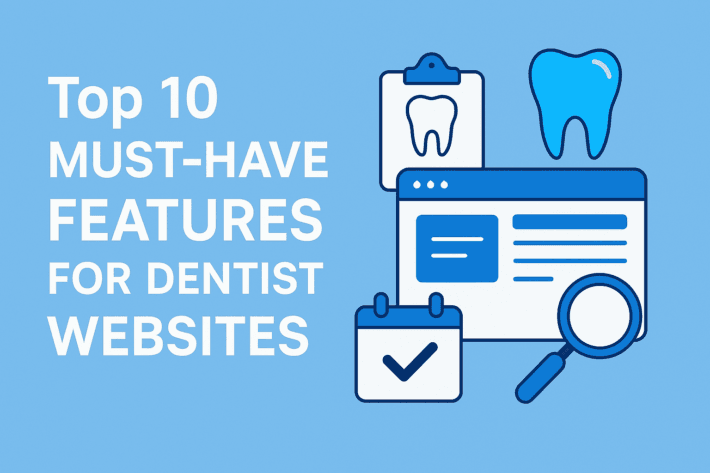Allied Health Marketing: How to Attract the Right Patients and Build a Thriving Practice

Whether you’re a physiotherapist, podiatrist, psychologist, osteopath, or dietitian—if you run an allied health practice, you know that providing excellent care is just one part of building a successful business. You also need to attract the right patients, grow your visibility, and build a steady flow of referrals. That’s where allied health marketing comes in.
But what works in this space? What’s just noise? And how do you compete without sounding salesy or gimmicky?
In this guide, we’ll break down the strategies that actually make a difference—so you can focus on what you do best: helping people.
What is Allied Health Marketing?
Allied health marketing refers to the tactics and strategies used by professionals in non-medical healthcare roles (like physios, OTs, speech pathologists, psychologists, and dietitians) to promote their services, attract ideal patients, and build sustainable referral networks.
It’s different from general healthcare marketing because allied health is often:
- Private-pay or partially funded
- Community-based or local
- Relationship-driven
So, success depends on trust, visibility, and value—not just running ads or posting on social media.
The Foundations of Effective Allied Health Marketing
1. Know Your Audience
Before doing anything else, define who you’re trying to reach.
Ask yourself:
- What problems are they trying to solve?
- Are they looking for long-term therapy, one-off sessions, or chronic condition support?
- Are they self-referring, or coming through doctors, schools, or NDIS plans?
The more specific you can be, the more effective your marketing will become.
Example: A psychologist supporting teens with anxiety will use different language, channels, and imagery than a podiatrist working with older adults with diabetes.
2. Optimise Your Website for Local Search
Most patients (or their families) will Google services before making contact. Your website needs to show up when they do.
Start with:
- Clear service pages (one per service: e.g. “Speech Therapy for Children” or “Clinical Pilates for Back Pain”)
- Location keywords like “physiotherapist in Parramatta” or “dietitian near Brisbane CBD”
- A mobile-friendly, fast-loading design
- Integrated online booking or enquiry forms
And don’t forget your Google Business Profile. A well-maintained profile with updated hours, services, photos, and reviews can significantly increase your local visibility.
Useful link: Google Business Profile Setup Guide
3. Develop Referral Relationships
Allied health thrives on trusted networks. Build strong partnerships with:
- GPs and local medical clinics
- NDIS support coordinators
- Aged care providers
- Schools and early learning centres
- Sports clubs and personal trainers
Offer value upfront. For example:
- Share simple, co-branded educational resources
- Invite providers to tour your clinic
- Host CPD sessions or coffee catch-ups
- Send regular email updates with patient progress (with consent)
Tip: Don’t make it transactional. Focus on mutual benefit and shared care.

4. Use Content to Educate, Not Sell
One of the most effective ways to build trust is through educational content. Instead of saying “book now,” focus on helping people understand their condition and options.
You can do this with:
- Blog posts (e.g. “5 Signs Your Child May Need Speech Therapy”)
- Short videos or reels (e.g. “3 Desk Stretches for Neck Pain”)
- Infographics (e.g. “What Is NDIS and How Does It Work for Allied Health?”)
This type of content:
- Builds authority
- Improves SEO
- Helps hesitant patients take the next step
Tools like Canva or Lumen5 make content creation easy for small teams.
5. Showcase Your Team and Space
People don’t just choose services—they choose humans. Use your website and social media to show:
- Friendly, professional photos of your team
- Behind-the-scenes clips of the clinic
- Real interactions (with patient permission)
This builds comfort and reduces anxiety, especially for new patients or parents seeking services for their kids.
Example:
A warm, welcoming Instagram profile like @life_ready_health builds connection and reflects clinic culture.
Digital Marketing Tactics That Work for Allied Health
1. Google Ads (With Local Targeting)
Paid search is a great way to get in front of people who are actively looking for help.
For example:
- “Pelvic floor physio near me”
- “Help with child speech delay Brisbane”
- “Accredited dietitian for gut issues”
You can bid on these keywords with Google Ads, and send users directly to relevant service pages on your site.
Pro tip: Use call tracking and conversion tracking to measure what leads to actual bookings.
2. Facebook and Instagram Ads
Social platforms are great for awareness—but they can also drive bookings with the right strategy.
Use:
- Carousel ads to showcase multiple services
- Testimonial videos to build trust
- Local targeting to reach your neighbourhood
- Lead forms for downloadable resources (like a free injury prevention guide)
Retargeting is powerful here too: show ads to people who visited your site but didn’t book.

3. Email Marketing
Email is far from dead—and it’s a low-cost, high-impact way to nurture patient relationships.
Ideas for your email newsletter:
- Monthly tips for managing common conditions
- New service announcements
- Practitioner spotlights
- Simple at-home exercises or recipes
Tools like Mailchimp or ActiveCampaign are great options for allied health clinics.
Marketing Mistakes Allied Health Clinics Should Avoid
❌ Using Technical Jargon
Patients don’t connect with terms like “biopsychosocial model” or “myofascial release.” Keep your language simple, direct, and relatable.
❌ Inconsistent Branding
Using different colours, tones, or styles across platforms confuses your audience. Aim for consistency—visually and in tone.
❌ Ignoring Data
If you’re not tracking what’s working (and what’s not), you’re guessing. Use tools like:
- Google Analytics
- Meta Business Suite
- Website heatmaps like Hotjar
This helps you refine your strategy over time.
How to Stand Out in a Competitive Market
There’s no shortage of allied health providers out there. So how do you differentiate?
1. Niche Down
Focus on what you do best. Are you the go-to clinic for:
- Chronic pain management?
- Kids with sensory needs?
- Women’s health physio?
- NDIS functional assessments?
Make that central in your messaging.
2. Build Social Proof
Encourage reviews on:
- Healthshare
- HotDoc
And showcase them on your website and socials. Word of mouth still matters—especially when it’s visible online.
3. Be Consistent and Human
Marketing isn’t about being loud. It’s about being present, reliable, and relatable. When patients see your clinic regularly adding value, they remember you when it matters.
Partnering with the Right Marketing Team
Doing all of this alone is possible—but exhausting. If your clinic is ready to grow, partnering with a marketing team that understands allied health is a smart investment.
At Total Care Digital, we specialise in:
- Websites that convert visitors into bookings
- SEO to get your clinic found
- Google and social ads that drive results
- Patient-friendly content marketing
- Referral strategy support
We work with physios, psychologists, OTs, and more—helping you grow without losing the heart of what you do.
Want to see how we can help your clinic stand out?
Book a free strategy session with our team today.



